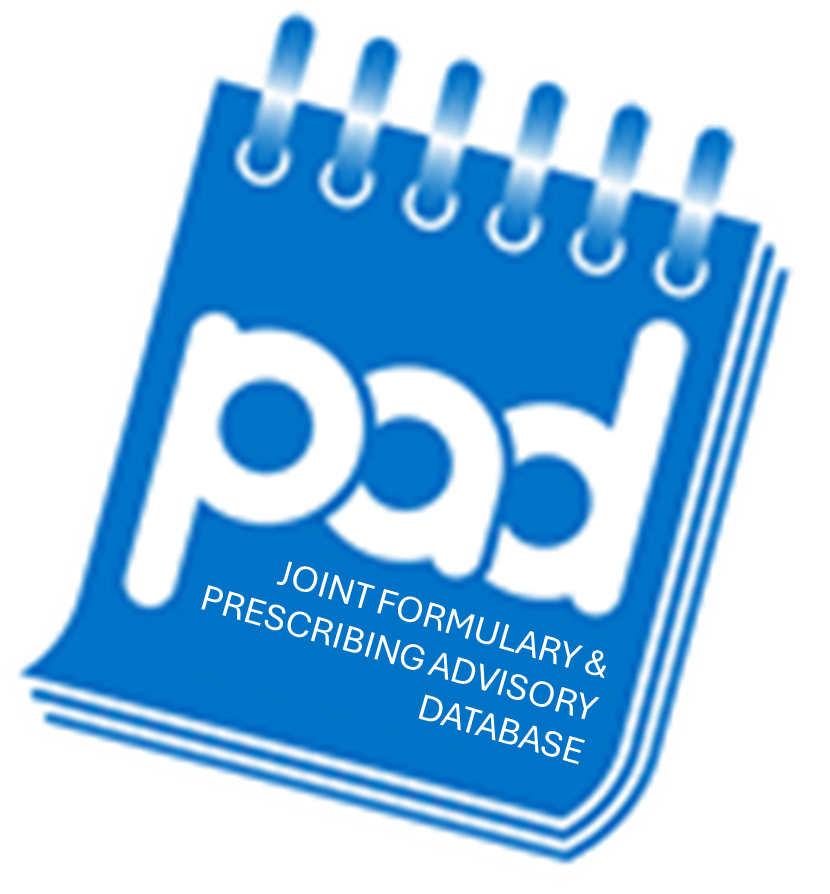
Dihydrocodeine tartrate - Pain
You are here : Home > Formulary Search > Dihydrocodeine tartrate - Pain
Status 1
- Oral solution
- Tablets
Status 2
- Modified release tablets
Documentation
PAD Profile
Committee Recommendations (1)
Persistent Non-Malignant Pain Guidelines
A stepped approach to pain management is recommended. Paracetamol is considered a 1st line option for the treatment of persistent non-malignant pain. A trial of codeine should be initiated where a weak opioid is indicated. Please see narrative below regarding specific products. Refer to specific pages on PAD for products containing codeine phosphate (including combination products) and refer to persistent non-maligant pain guidelines attached:
- Dihydrocodeine (standard release) 30mg tablets - GREEN
- Dihydrocodeine oral solution - GREEN (treatment option if oral solution is indicated)
- Dihydrocodeine sustained release tablets - GREEN (use if standard release tablets are not tolerated or compliance is an issue. Initiate at a low dose).
Consider a patient agreement is completed by the patient (see below) prior to a trial of Dihydrocodeine
Other Indications
Below are listed other indications that Dihydrocodeine tartrate is used to treat.
- No records returned.
Other Drugs
Below are listed other drugs that are used to treat Pain .
- Alfentanil hydrochloride
- Aspirin
- Buprenorphine
- Cannabis (medicinal)
- Co-codamol
- Co-dydramol 10/500
- Co-dydramol 20/500
- Co-dydramol 30/500
- Co-proxamol (Dextropropoxyphene hydrochloride/para
- Codeine phosphate
- Diamorphine hydrochloride
- Fentanyl
- Gabapentin
- Ibuprofen
- Ketamine
- Meptazinol hydrochloride
- Methoxyflurane
- Morphine sulfate
- Nefopam hydrochloride
- Oxycodone
- Oxycodone with naloxone
- Paracetamol
- Pethidine hydrochloride
- Pregabalin
- Sufentanil
- Tramadol hydrochloride
- Tramadol with Dexketoprofen
- Tramadol with paracetamol
- Ziconotide acetate
